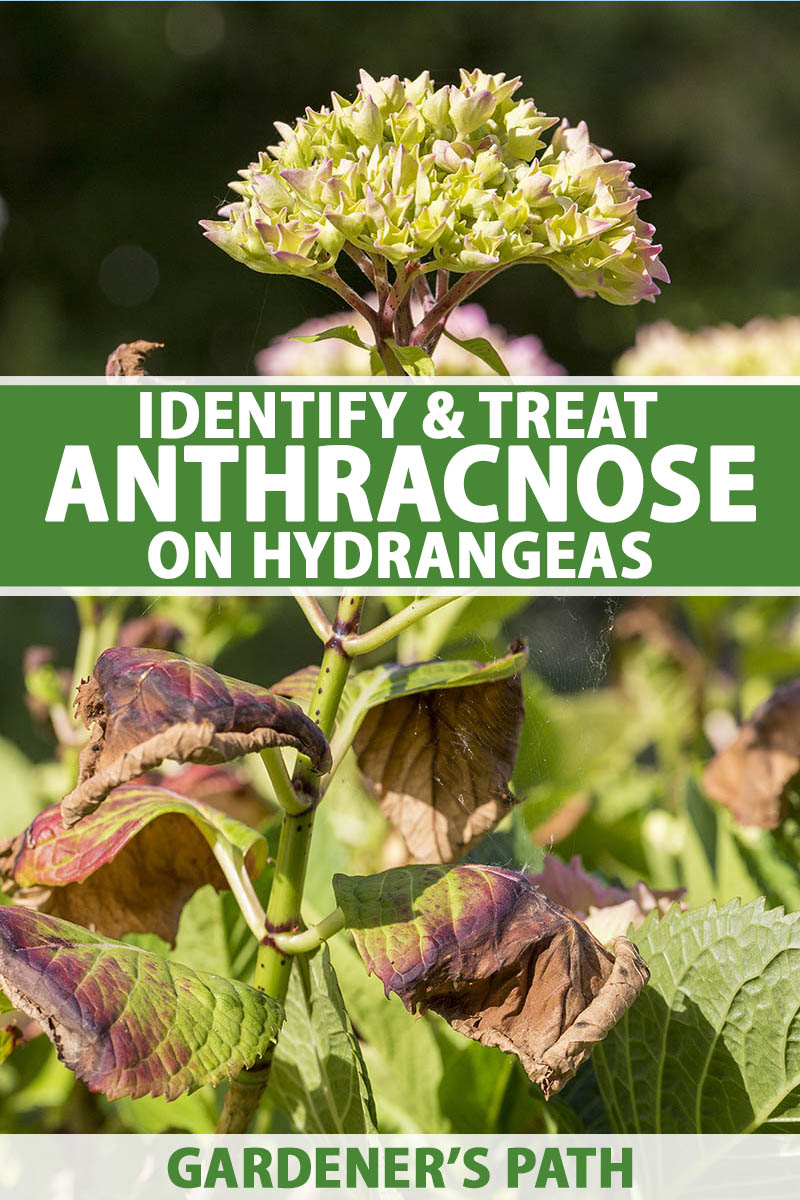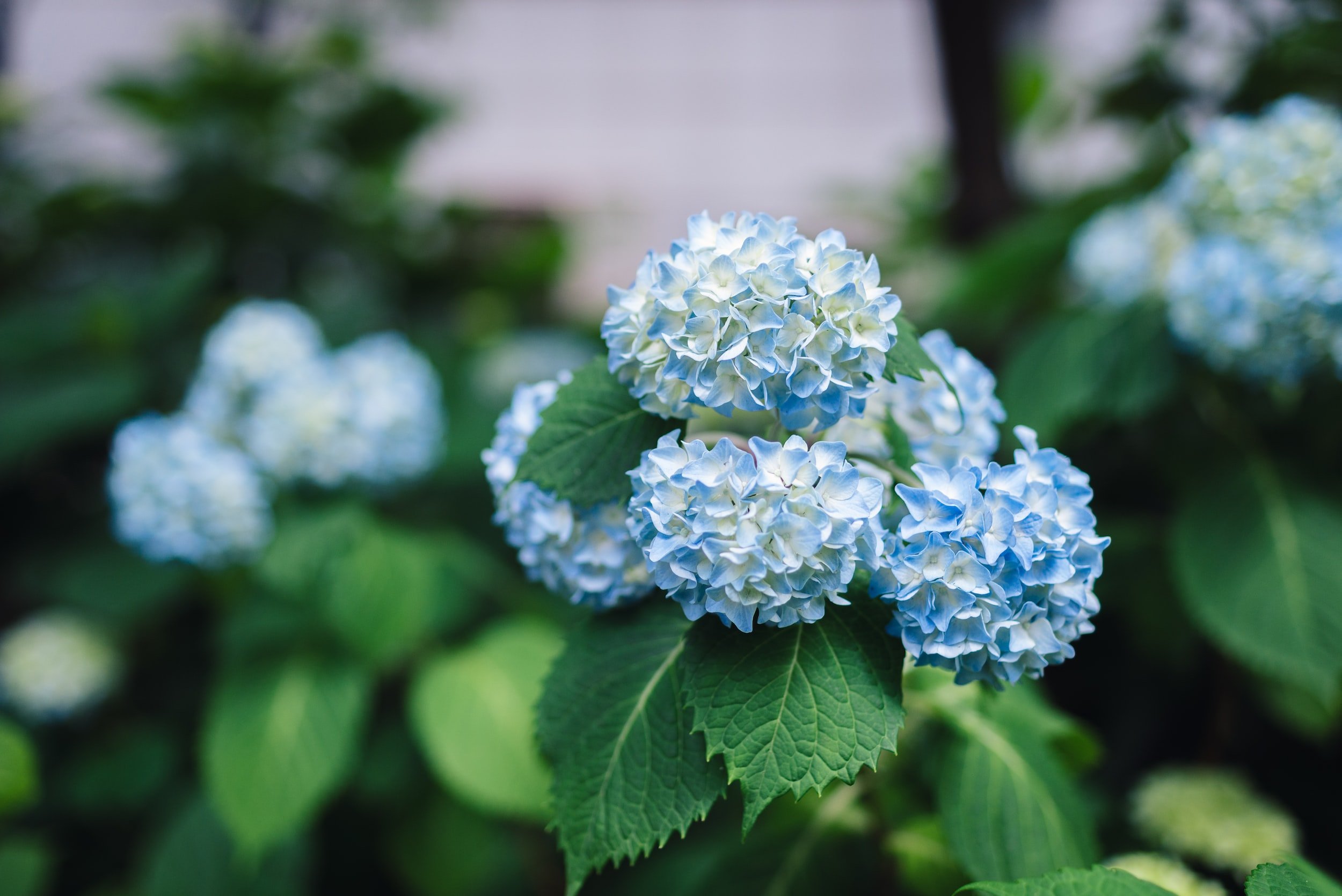Getting The Hydrangea Leaves Turning Yellow To Work
Wiki Article
Some Known Incorrect Statements About Hydrangea Leaves Turning Yellow
Table of ContentsSome Known Details About Hydrangea Leaves Turning Yellow Hydrangea Leaves Turning Yellow for DummiesThings about Hydrangea Leaves Turning YellowNot known Factual Statements About Hydrangea Leaves Turning Yellow Top Guidelines Of Hydrangea Leaves Turning YellowGetting My Hydrangea Leaves Turning Yellow To Work
You can try to stop fungal illness by maintaining your gardens cool and free of debris. These fallen leaves that will certainly stick around, waiting to assault in the next growing season.Copper fungicides are, however if they are overused they can become poisonous to your plant. Clip the fallen leaves, and remove them from the yard.
If they aren't obtaining enough water, their fallen leaves will brown. Hydrangeas have a in the noontime sunlight, and bouncing back once the sunlight has changed and the plants have a long time to recuperate. If this happens repeatedly you may discover brown and crunchy fallen leaves that are drooping. This is their means of allowing us know that it needs some additional moisture.

Get This Report on Hydrangea Leaves Turning Yellow
Developed plants might need to be watered one to 3 times per week, depending on your problems. It may seem appealing to spray the fallen leaves down.Water the base of the plant,. Once the plant has actually rebounded, you can resume a normal watering schedule. A lot of species and selections choose partial sunlight. Panicle hydrangeas enjoy full sun, yet the remainder of the team really likes partial color. Partial color gives regarding 4 to 6 hours of sunlight.
The container needs to be large enough so the plant can grow and obtain every one of the water and nutrients it needs. Location the container on a veranda, or in a dubious spot on an outdoor patio. You can additionally replace the plant with a panicle hydrangea. Panicles love the full sunlight.
No matter of the variety, plan ahead and make sure your plant has plenty of protection from the wind. You could transplant to a new location, or you could create a wind obstacle making use of an additional plant, or fencing.
Hydrangea Leaves Turning Yellow Fundamentals Explained
Ornamental grass, Rose of Sharon, or Holly shrubs are just a few concepts of plants you might utilize to block the wind. If you require to transplant, find a place in your garden that is well protected from sunlight and wind. Transplanting is finest performed in the fall or the springtime.The plants area is the most important aspect when it comes to getting well-known and appropriate development. With a little forethought on planting location and appropriate upkeep, you'll be able to ensure your hydrangeas!.
So, if Hydrangea leaves turn yellow and diminishes later on, it's normally as a result of overwatering, as the plant can not uptake water and drops the fallen leaves to remove transpiration. Following this, Hydrangea leaves begin to sag and shrivel. Because both conditions can develop yellow fallen leaves, you need to spot the difference in between the overwatered and underwatered plant.
However, you can rescue the plant from yellow leaves by using it the proper light and placement. If your plant gets yellow leaves, move it to a dark area. Place Hydrangea plants inside your home near an east-facing window. Dapple the plant with drapes or UV security sheets to obstruct straight heat.
Indicators on Hydrangea Leaves Turning Yellow You Should Know
Bear in mind, Hydrangeas are only frost tolerant in loss and wintertime as they go inactive, and temperature level modifications can create yellowing fallen leaves and brown places. If it obtains as well warm, the sides of the fallen leaves come to be yellow, transform brownish and create a crunchy appearance. Relocate your potted Hydrangeas away from drafty north-facing home windows in the winter season.Hefty soil can conveniently block the oxygen supply to the origins and sever the link with the upper components of the plant (leaves). Hydrangea leaves change their shade if they find small aggravations in the dirt composition. This concern can cause the Hydrangea entrusts to turn yellow, endure from leaf drops, and make a droopy plant compatible overwatering.
Yellow leaves in Hydrangeas are the first indications of condition infestation, commonly followed by like it black spots, browning, goes down, and wilting. Isolate the unhealthy or pest-infested plant from the healthy and balanced plants to avoid condition spread. If it is a garden plant, remove all the contaminated fallen leaves using disinfected devices and clean up all the debris.
So, removing aids Hydrangea color unnecessary weight and protection, allowing the development of brand-new leaves. The best time to prune Hydrangeas is spring when the plant is ready to grow foliage for the next period. Evaluate for invested or diseased fallen leaves and cut the base of a stalk that joins the leaves and stem.
What Does Hydrangea Leaves Turning Yellow Mean?
Avoid cutting healthy and balanced or green leaves, and do not remove even more than 25% of the plant's vegetation. Accumulate the disposed of leaves to burn or compost them. The main factor behind the red fallen leaves in Hydrangea is bad soil or ecological conditions. If Hydrangea leaves have a check this site out white fine-grained material on them, it suggests Powdery Mildew infection.Also, repot the plant each year in spring or every 2 years if the development rate is slow.
There are 6 main factors why this may happen:: The plant does not obtain adequate sunlight.: The origins are either as well damp or as well dry.: The plant is too cold.: The dirt is not acidic or alkaline enough for the hydrangea.: The plant isn't getting the best nutrients it requires to stay healthy and balanced.
Each reason affects the plant in a way that can be fixed if we comprehend how to look after hydrangeas properly. When we discuss poor light for hydrangeas, we indicate moved here that the plant isn't obtaining sufficient sunshine. Hydrangeas choose bright light, however not direct, scorching sun. They often prosper best with morning sun and mid-day shade.
Get This Report about Hydrangea Leaves Turning Yellow
Without sufficient sunshine, the fallen leaves can transform yellow, the plant can come to be weak, and it might produce fewer blooms. To guarantee a hydrangea gets appropriate light, it must be positioned in a place where it can appreciate the early morning light and be shielded from the extreme afternoon sun. Hydrangea Leaves Turning Yellow. Overwatering is when a hydrangea plant gets more water than it needs
This trouble prevails in the autumn as the weather condition modifications or if a hydrangea is grown in an area where it doesn't get sufficient heat from the sunlight. It's crucial to recognize the appropriate problems for hydrangeas to prevent low-temperature stress and anxiety. A lot of hydrangeas grow best in zones 6 to 9, where the climate is milder.

Report this wiki page